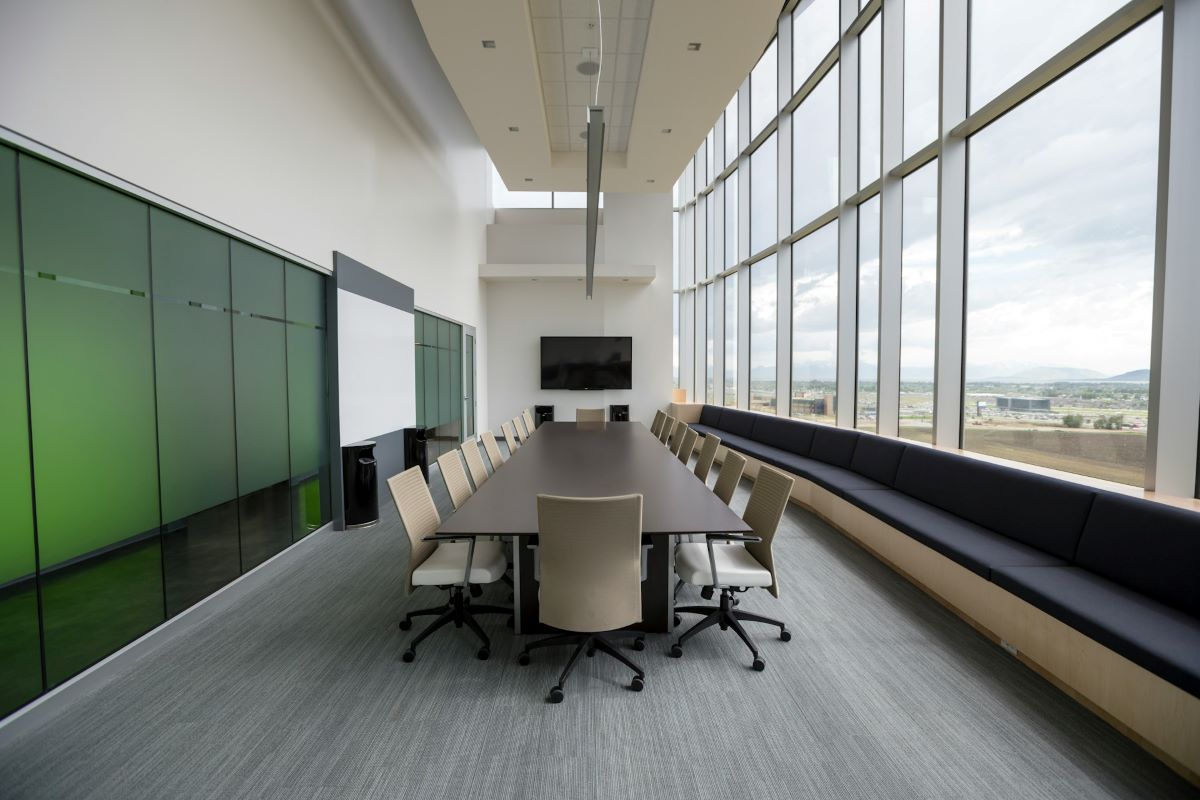In today’s dynamic business environment, organisations must be agile and forward-thinking to stay competitive. One of the key strategies to achieve this is through strategic workforce planning. This process helps businesses anticipate future workforce needs and align their talent strategies with long-term objectives. Let’s delve into the essentials of strategic workforce planning and explore best practices to help your organisation thrive.
What is Strategic Workforce Planning?
Strategic workforce planning is the process of analysing and forecasting an organisation’s workforce needs to ensure it has the right people, with the right skills, in the right roles, at the right time. It involves understanding current workforce capabilities, predicting future needs, and developing strategies to bridge any gaps. This proactive approach enables businesses to respond effectively to changes in the market, technology, and other external factors.
Why is Strategic Workforce Planning Important?
- Enhanced Agility: Organizations can quickly adapt to changes in the business environment.
- Cost Efficiency: Helps in optimising staffing levels, reducing the risk of overstaffing or understaffing.
- Talent Management: Ensures the availability of key skills and competencies when needed.
- Employee Development: Facilitates targeted training and development programs, enhancing employee engagement and retention.
- Risk Mitigation: Identifies potential talent shortages and enables proactive measures to address them.
Read more: Effective Risk Mitigation Process for Businesses
Best Practices for Strategic Workforce Planning
1. Align Workforce Planning with Business Goals
The foundation of effective workforce planning is aligning it with your organisation’s strategic objectives. Understand the long-term goals of the business and how the workforce will need to evolve to support these goals.
Example: If a tech company aims to launch a new product line, workforce planning should focus on acquiring and developing talent with the necessary skills in R&D, product development, and marketing.
2. Conduct a Thorough Workforce Analysis
Assess your current workforce to understand its composition, skills, and capabilities. Use this information to identify gaps and surpluses.
Example: A retail chain might analyse its workforce to find that it has a surplus of sales associates but a shortage of e-commerce specialists.
3. Forecast Future Workforce Needs
Use data analytics and scenario planning to predict future workforce requirements based on business growth projections, technological advancements, and market trends.
Example: A healthcare provider anticipating an increase in telehealth services would forecast a need for more IT specialists and fewer traditional administrative roles.
4. Develop a Talent Pipeline
Building a robust talent pipeline ensures that your organisation is prepared for future needs. This includes both internal talent development and external recruitment.
Example: Implementing internship and apprenticeship programs can help develop a pipeline of young talent with the potential to fill critical roles in the future.
5. Implement Flexible Workforce Strategies
Adopt flexible staffing models such as remote work, gig workers, and part-time roles to quickly adjust to changing needs.
Example: During peak seasons, a logistics company might employ temporary workers to handle increased demand without overstaffing during slower periods.
6. Leverage Technology and Analytics
Use advanced tools and technologies like AI and machine learning to enhance workforce planning. These tools can provide deeper insights and more accurate forecasts.
Example: AI-powered platforms can analyse vast amounts of data to predict turnover rates and identify the skills most in demand.
7. Engage Stakeholders
Involve key stakeholders from various departments in the workforce planning process. This ensures a holistic view and better alignment with organisational needs.
Example: Collaborate with department heads to understand their specific needs and challenges, ensuring the workforce plan addresses all areas of the business.
8. Monitor and Adjust Plans
Workforce planning is not a one-time activity but an ongoing process. Regularly review and adjust your plans based on changing circumstances and new information.
Example: Conduct quarterly reviews of workforce data to adjust hiring plans, training programs, and other strategies as needed.
Read more: Types of Risk Mitigation for Businesses
Conclusion
Strategic workforce planning is essential for any organisation aiming to remain competitive in an ever-changing business landscape. By aligning workforce planning with business goals, conducting thorough workforce analyses, forecasting future needs, developing a talent pipeline, implementing flexible strategies, leveraging technology, engaging stakeholders, and regularly monitoring and adjusting plans, businesses can ensure they have the right talent to drive their success.
Investing in strategic workforce planning not only prepares your organisation for future challenges but also empowers your employees to grow and thrive. Embrace these best practices to build a resilient and agile workforce that can navigate the complexities of today and tomorrow.
Partnering with an EOR service like Eos is a smart, strategic move. Contact us today and check our services here.
Photo by Benjamin Child on Unsplash







